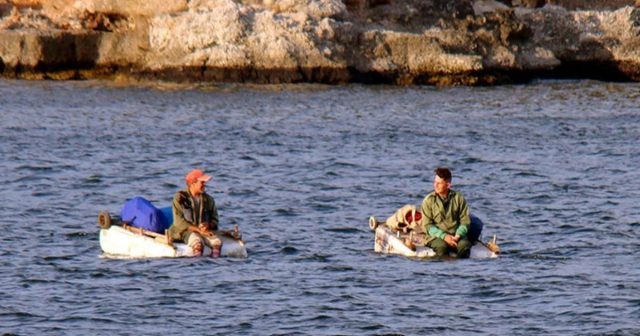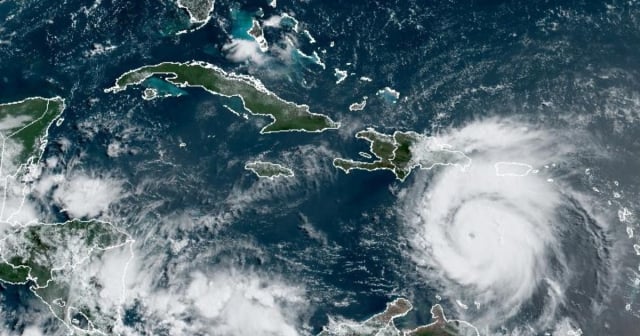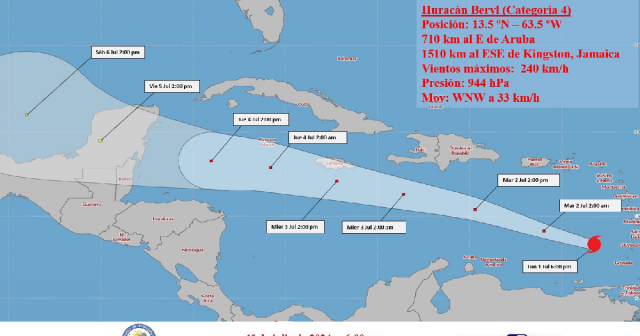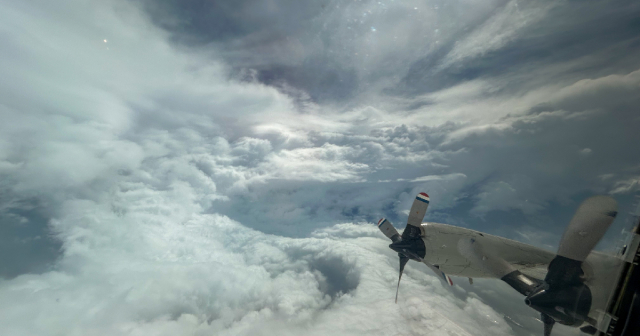The International Space Station captured impressive images on Monday of Hurricane Beryl, currently a category 5 on the Saffir-Simpson scale, which show the magnitude of the powerful atmospheric phenomenon during its passage through the Caribbean Sea.
Through its account on the social network X, the space center provided evidence of the magnitude of the phenomenon, as it keeps several Caribbean islands on alert after causing a trail of destruction in Grenada, Barbados, Saint Vincent and the Grenadines, and Saint Lucia, among other areas of the Lesser Antilles.
The astronauts on board were able to observe the eye of the hurricane, and one of them, Matthew Dominick, did not miss the opportunity to post photos of Beryl.
According to the information from the National Hurricane Center (NHC), at 8:00 AM AST (12:00 UTC), the eye of the hurricane was located about 485 kilometers (km) southeast of Isla Beata, Dominican Republic, and 1005 km from Kingston, Jamaica.
The maximum sustained winds are 270 km/h, with a current movement to the west-northwest at 35 km/h.
Currently, there is a hurricane warning for Jamaica, Grand Cayman, Little Cayman, and Cayman Brac.
The southern coast of the Dominican Republic from Punta Palenque westward to the border with Haiti, and the southern coast of Haiti from the border with the Dominican Republic to Anse d'Hainault are also under tropical storm alert.
According to forecasts, it will move through the Caribbean with strong winds along its path. The projection indicates that Cuba will enter the affected areas, although with winds not exceeding 63 km/h.
It is the first time in history that a storm of this magnitude occurs so early in the year. Meteorologists agree that this cyclonic system is the most powerful hurricane recorded so early in the Atlantic, surpassing Dennis in 2005 by a week.
What do you think?
COMMENTFiled under:






